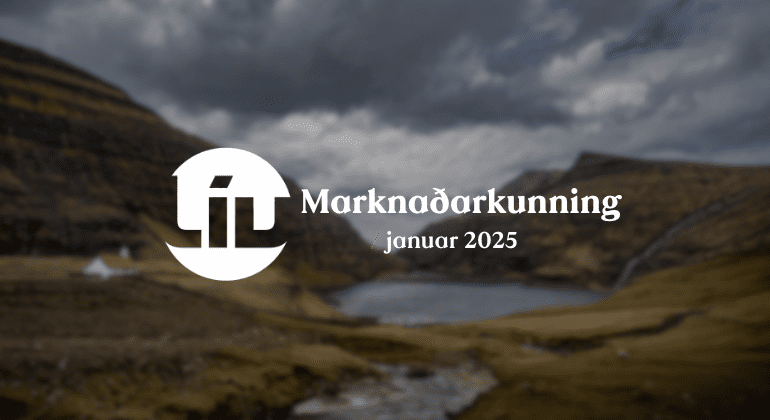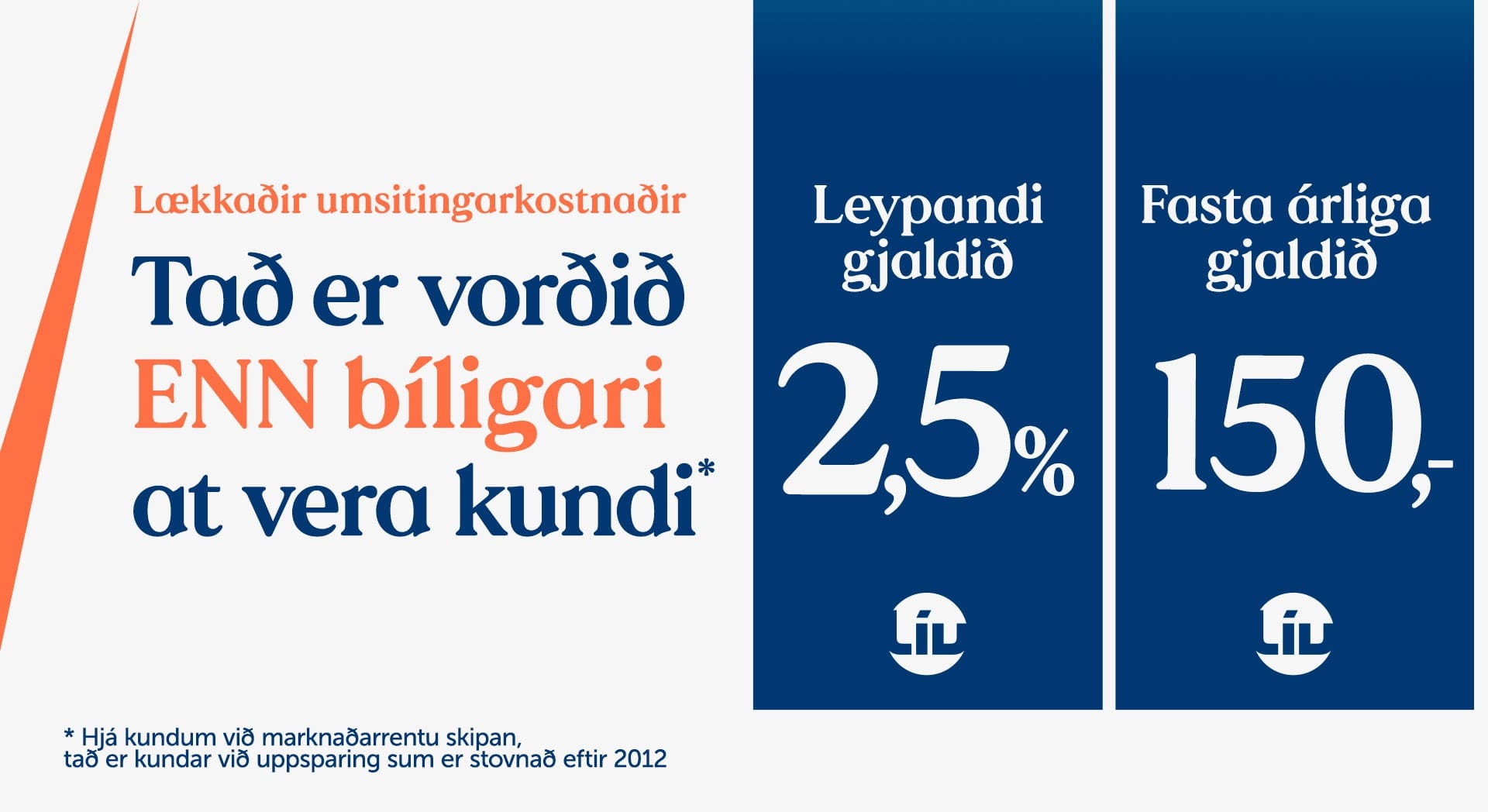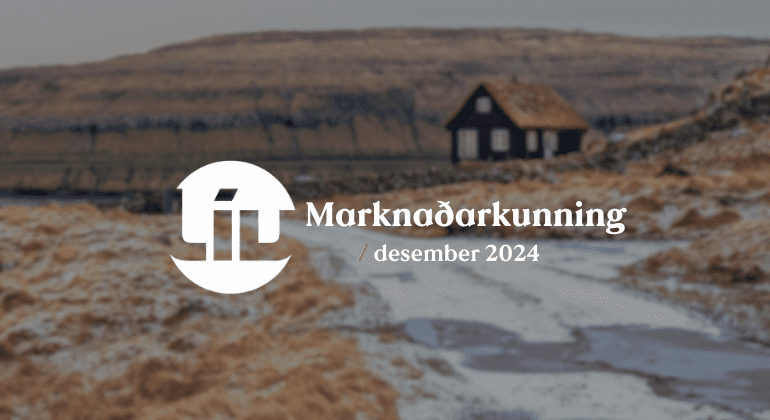Severe Stock and Interest Rate Declines in March and Early April
Global stocks fell by a full 7.5 percent in March, and the decline has continued into early April. This brings the total drop since the beginning of the year to 15.9 percent. The losses have been greatest in U.S. stocks, with a weaker dollar also dragging down tech stocks and cyclical stocks. Stocks that are less affected by economic fluctuations, as well as value stocks, have experienced the smallest declines.
On the other hand, the price of safe government and mortgage bonds has increased, as both long- and short-term interest rates have dropped. Market turmoil has gradually also spread to corporate bonds, but here the losses have been very limited.
Prices of commodities such as oil, copper, gold, and silver have fallen significantly.
Why? Fears of a Trade War and Global Economic Downturn
On April 2, U.S. President Donald Trump significantly increased tariffs on all goods imported into the U.S., far more than expected. China responded with equally high retaliatory tariffs on U.S. exports to China, while the EU is preparing its own countermeasures against the U.S.
All of this increases the risk of a global trade war and an international economic downturn, with negative GDP growth, lower company earnings, inflation, and rising unemployment. The tariff hikes have the same effect on American consumers as a tax increase. At the same time, much business activity is coming to a halt, as companies are waiting for clarity on the future of global trade arrangements.
Therefore, all economists agree that the longer the uncertainty about trade wars and retaliatory tariffs continues, the greater the damage will be to economic growth and corporate earnings.
What Now? Possible Agreements Between the U.S., China, and the EU in Focus
In the near future, attention will be focused on whether agreements can be reached between the three major economic powers, which could reduce uncertainty. That would be very positive for the stock market, corporate bonds, and commodity prices.
Right now, there are no signs of goodwill from the Trump administration, but many investors hope that pressure from an increasingly dissatisfied business sector in the U.S. and from Republican politicians will persuade Trump to reconsider and lower tariffs again.












